Driving an electric vehicle is very similar to driving a conventional automatic vehicle. I have driven several electric vehicles around the world and while some may appear futuristic on the outside, none has looked dramatically different on the inside. There is still a steering wheel, the usual controls for wipers and indicators and two pedals on the floor to make it go and stop.
Mitsubishi Motors Australia corporate affairs vice-president Paul Stevenson says it is important that EVs appear like conventional cars.
"We want people to feel like they're not getting into something from the Jetsons," he says. "The controls are all fairly similar to petrol cars. Apart from it being quiet, it should be just like driving a normal car."
Driving
The test loop for the i-MiEV at the inaugural briefing of media in Brisbane this week included 20 minutes of CBD stop-start traffic. Switch on the i-MiEV and there is no engine noise, just lights in the instrument vehicle that acknowledge the car is ready to go. Push the throttle pedal and the vehicle takes off.
Because electric vehicles have instant maximum torque, some EVs tend to lunge off the mark. The i-MiEV doesn't jerk. Its throttle is well attenuated for smooth take-offs. In 'D' for drive mode, it accelerates about as fast as any hot hatch around up to about 60km/h.
You can shift to 'ECO' for economy mode or 'B' for braking mode on the fly. Going back to ECO is like shifting up a gear without accelerating, and going back to D is similar to dropping a gear and accelerating. B mode provides more retardation when you lift off the throttle, as if you've dropped a gear and applied a little brake. It would be good for downhills as well as the benefits of the kinetic energy recharging the battery.
Some electric cars, such as the Mini-E, have so much retardation it will bring the vehicle to a compete stop. The i-MiEV requires manual braking input. Although the vehicle weighs only 1050kg, it feels heavy. The steering is weighty and ponderous, not lively as you would expect.
On the run, the i-MiEV is exceptionally quiet with only wind and tyre noise, plus the airconditioning fan. The airconditioning doesn't run off a separate 12V battery, so it doesn't drain the power - although it required a fair amount of fan to cool the small cabin in the 30 degree heat of lunchtime Brisbane.
As expected, the small cabin is a tight fit for four adult males, but the seats are big enough and comfortable. After just a short CBD spin, it is evident the i-MiEV is perfectly satisfactory as a city car at city speeds.
Mitsubishi i-MiEV
BODY: 4-seater mini
MOTOR: AC electric
OUTPUT: 47kW of power, 180Nm of torque
VOLTAGE: 330V
TOP SPEED: 130 km/h
RANGE: up to 160km
KERB WEIGHT: 1080kg
DRIVE: rear wheel, Drive, Eco and Brake modes
CHARGE: 7 hours from 240V supply
Mitsubishi I-Miev 2011:
| Engine Type | 0.0L |
|---|---|
| Fuel Type | Electric |
| Fuel Efficiency | 0.0L/100km (combined) |
| Seating | 4 |
| Price From | $6,600 - $9,350 |
| Safety Rating |
|
Range and Specs
| Vehicle | Specs | Price* |
|---|---|---|
| Base | Electric, 1 SPEED AUTOMATIC | $6,600 - $9,240 |






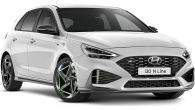










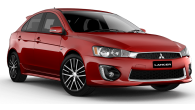

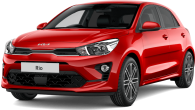


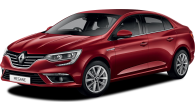
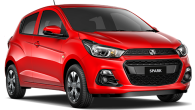
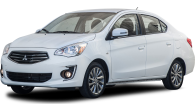






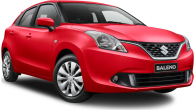





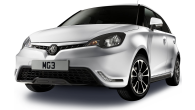


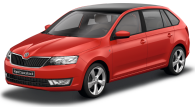

.jpg)

